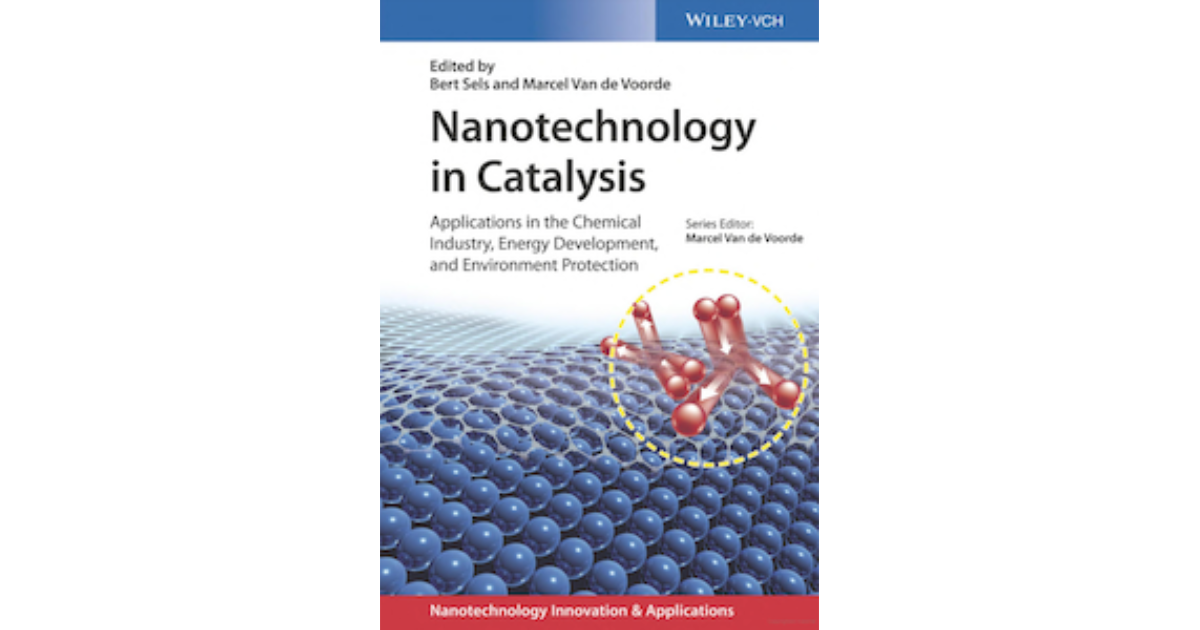Theoretical Toolbox for a Better Catalytic Understanding
M. Waroquier, K. De Wispelaere, J. Hajek, S. Rogge, J. Van der Mynsbrugge, V. Van Speybroeck, in Nanotechnology in Catalysis: Applications in the Chemical Industry, Energy, Development, and Environment Protection (Eds. M. Van de Voorde, B. Sels), Wiley-VCH Verlag GmbH & Co. KGaA, 2017, 8, p. 1055-1100.
DOI: 10.1002/9783527699827.ch40

Abstract
Within the field of catalysis, theoretical modeling has also taken a prominent role. This chapter answers the question whether anno 2016 of a theoretical toolbox for a better catalytic understanding can be disposed. It focuses on heterogeneous catalysis and in particular on catalytic reactions taking place in the pores of a nanoporous material. An important issue when modeling catalytic processes in nanoporous materials is to select an appropriate model to simulate the extended molecular environment of the host material itself. The chapter concentrates on catalytic reactions taking place in two types of nanoporous materials: zeolites and metal-organic frameworks (MOFs) and also focuses on the determination of chemical kinetics of the catalytic reaction. Apart from modeling the reaction itself, computational spectroscopy has evolved as an indispensable characterization tool to identify intermediates during a reaction. In situ experiments deliver data, which evolve in time and vary with temperature and other operating conditions.